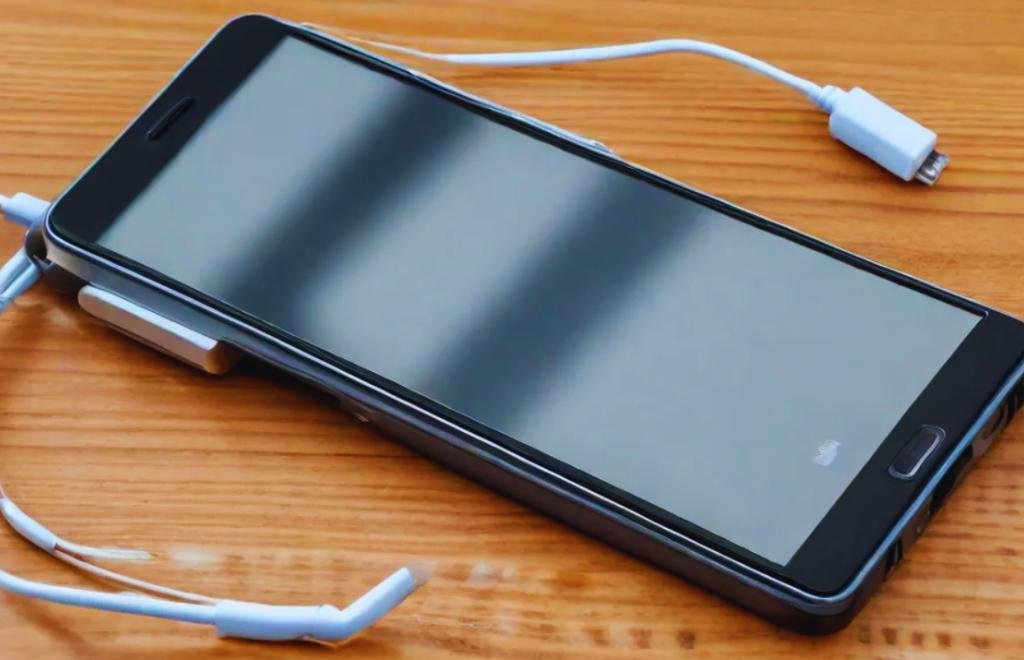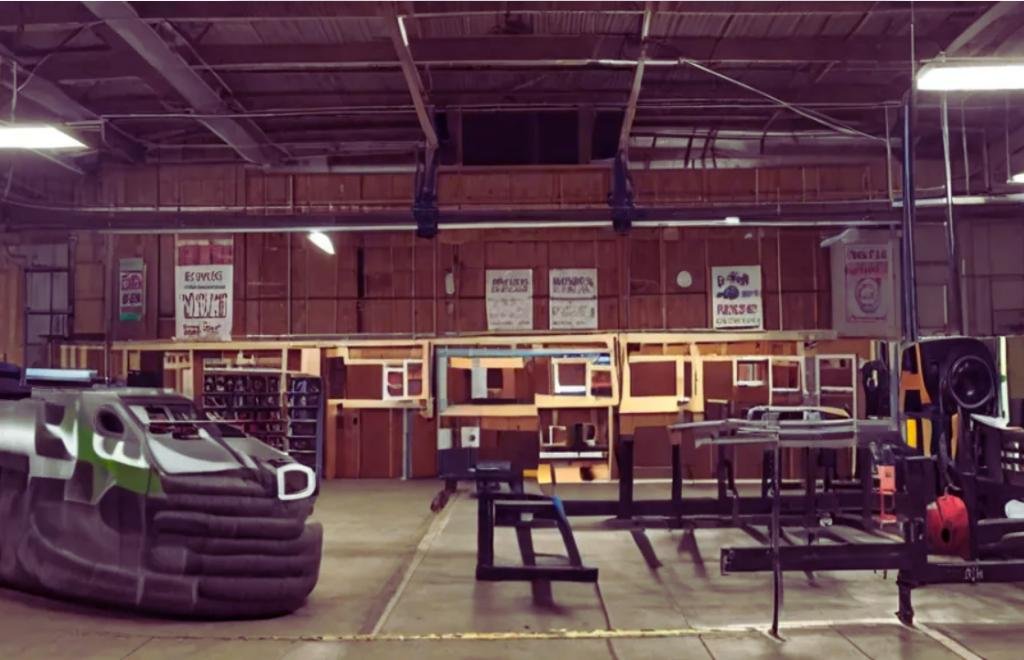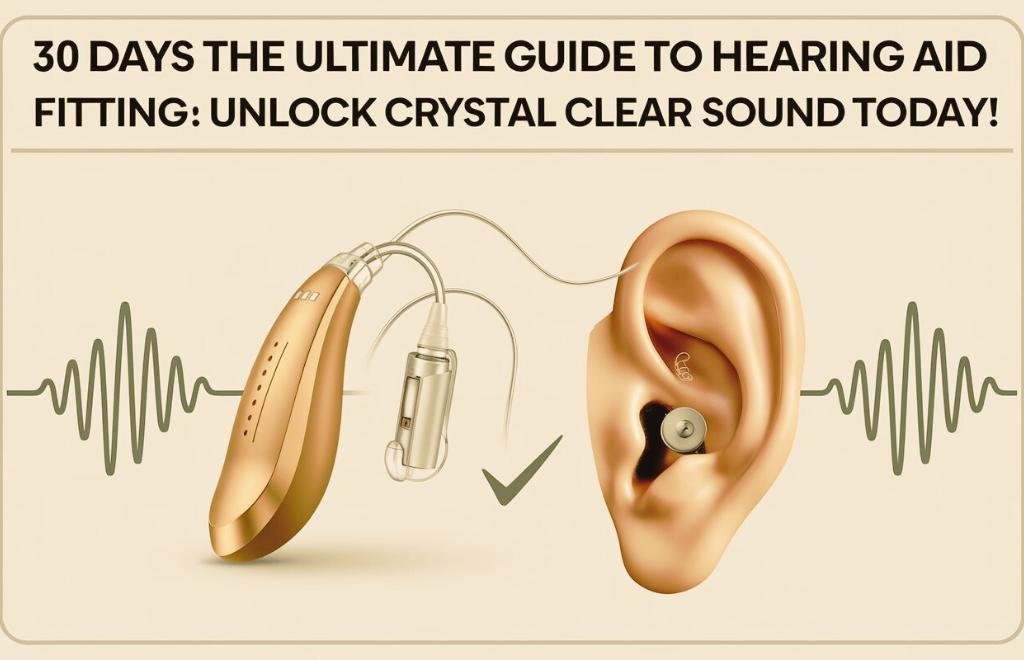Hearing Aid Fitting Getting new hearing aids represents the beginning of an exciting journey toward greater hearing. A professional hearing aid fitting brings up a whole new world of noises you could have been missing.
This detailed guide will accompany you through your first 30 days, helping you make the most of your hearing equipment.
Starting Your Hearing Journey

Your audiologist becomes your partner in better hearing from day one. During your first meeting, they carefully check your ears and discuss your everyday hearing needs. T
he initial fitting normally takes approximately an hour, allowing enough time to make sure everything works just correctly. Your hearing care professional utilizes sophisticated tools to set up your devices precisely.
Understanding Your Hearing Profile
Before the actual Hearing Aid Fitting commences, your audiologist looks over your hearing test findings. These results show which sounds you hear well and which ones require help. Think of it like developing a map of your hearing. This map helps your hearing care team find the right settings for you.
What Happens During The Fitting?
The fitting process contains numerous key steps. First, your audiologist carefully puts the hearing aids in your ears. Then, they switch them on and attach them to a computer. Using unique software, they alter various settings to match your hearing needs. You’ll hear several sounds and give input about what seems right.
Breaking In Your New Devices

Just like new shoes need breaking in, your ears and brain need time to adjust. Your audiologist will start with comfortable settings. They might make the noises a bit softer at first. This helps you prevent getting overwhelmed by all the new sounds you’ll hear.
The First Week Experience
Your brain requires time to relearn how to process sounds clearly. Start wearing your hearing aids for just a few hours each day. Many individuals hear intriguing new sounds immediately away. You might hear birds singing, leaves rustling, or your own footsteps. These sounds could appear surprisingly loud at first, but that’s entirely normal.
Weeks Two and Three: Building Confidence
As you progress into the second week, try wearing your Hearing Aid Fitting for longer times. This is a fantastic time to practice having conversations with friends and family. Watch your favorite TV shows with normal volume. Your brain is growing stronger at discriminating crucial noises from background noise.
The Final Week: Fine-Tuning Success

By the fourth week, wearing Hearing Aid Fitting should feel like part of your everyday routine. Most individuals wear them from dawn until night now. You could see certain elements that still need tweaking. Keep notes on any situations where hearing isn’t perfect yet.
Essential Tips For Success
Make your Hearing Aid Fitting journey smoother with these helpful tips:
- Clean your hearing aids every night before bed – Keep new batteries ready and change them before they die – Practice in quiet settings before trying busy restaurants
- Write down any questions that come up between visits
Making Necessary Adjustments
Your hearing needs might alter as you use your gadgets more. Modern hearing aids can be adjusted for different listening settings. Your audiologist can fine-tune settings to match your tastes and lifestyle needs.
Understanding Different Listening Environments
Each place you go can need different hearing aid settings. Quiet houses need different settings than crowded stores. Many modern hearing aids can alter these settings automatically. They help you hear better wherever you go.
The Social Benefits of Proper Fitting
Well-fitted hearing aids help your social life in numerous ways:
- Join group talks without losing words
- Enjoy music and movies as before – Feel more confidence in public places – Stay connected with family and friends – Participate fully in work meetings
Technology and Your Hearing Aids

Today’s hearing aids come with wonderful features. Many connect to phones and TVs wirelessly. Some can even track your regular activities. Your audiologist will show you how to use these useful features.
Caring for Your Investment
Good care helps hearing aids last longer. Keep them away from water and heat. Clean them properly each day. Handle them gently when putting them in and taking them out. Your audiologist will show you the correct approach to care for them.
Conclusion
The first 30 days with new hearing aids set the scene for enhanced hearing. Work closely with your audiologist and be gentle with yourself. Remember that everyone’s journey is different. With appropriate fitting and regular care, your hearing aids will help you experience clearer sound and better connections with others.
Frequently Asked Questions
How long does a comprehensive hearing aid fitting take?
The first fitting normally takes around an hour. Follow-up visits might take 30 minutes or less.
Will my hearing aids be uncomfortable at first?
Some folks feel odd wearing them first. Most adjust within two to three weeks.
How often should I clean my hearing aids?
Clean them lightly every night. This maintains them working well and prevents ear troubles.
Can I make modifications to my hearing aids at home?
Many new hearing aids work with smartphone apps for modest modifications. Major modifications need professional help.
What if certain noises feel too loud?
Contact your audiologist immediately away. They can modify the settings for improved comfort.
How long do hearing aids normally last?
With adequate care, most hearing aids operate well for 5-7 years. Regular maintenance makes them last longer.
Will my insurance help pay for the fitting?
Many insurance plans pay certain hearing aid costs. Check your policy or ask your insurance provider.
How often should I visit my audiologist following fitting?
Plan for follow-up visits every few months over the first year. After that, yearly checkups work nicely.
Can I wear my hearing aids while exercising?
Yes, but protect them from perspiration and moisture. Some models function better for active lifestyles.
What happens if my hearing changes over time?
Your audiologist can modify your hearing aids as your hearing needs change. Regular checkups help spot changes early.
Remember, greater hearing brings joy back to daily living. Your hearing care team wants to help you succeed. With patience and the correct support, you’ll soon enjoy clearer sound and stronger connections with the world around you.

